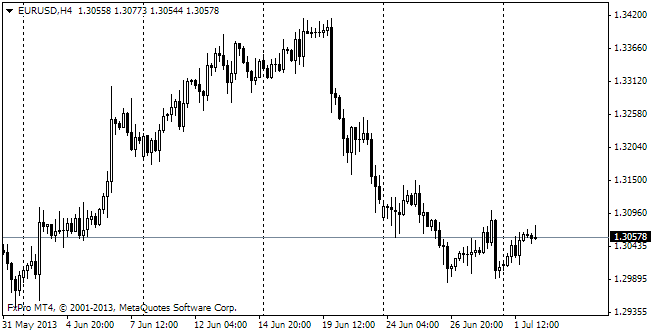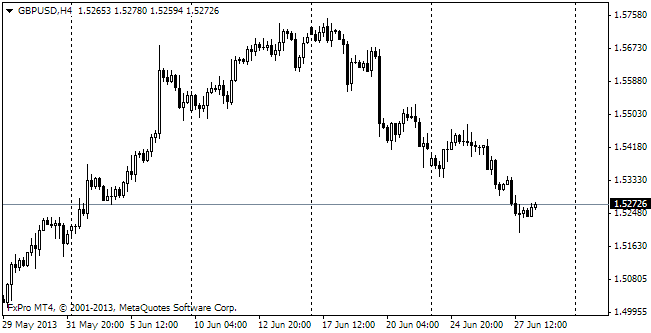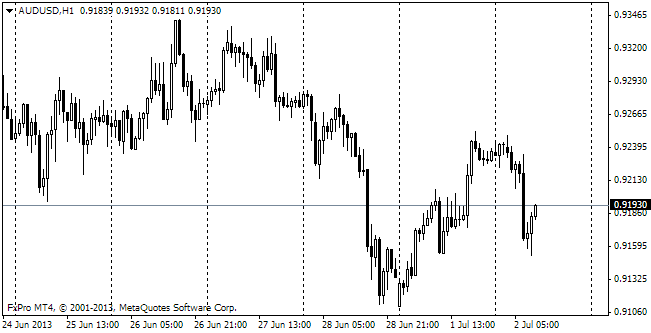EUR/usd
On Friday USD purchasing continued and only on Monday we could see some stabilization. However the latter had been preceded by a serious attack on the euro during the Asian session, due to which eurusd had tumbled down to 1.3440 at some point. It happened on reaction to the words of fomc's Richard Fisher, who criticized the US government for impeding the recovery. Anyway, the single currency found strong support at the level of its 7-week lows. The thing is that the pair has been purchased more than once at 1.3470 since the end of September. Later the pair stabilized at 1.3500. And now the markets simple need to take breath before the coming important events. This week we expect the initial GDP estimate for the third quarter and at the end of the week there will be a release of the October employment statistics. Yet, the ECB's meeting on Thursday seems to be the most important event. At least the tone of draghi's comments is expected to change. It is supposed that the ECB's governor may hint at the possible rate cut or at extension of liquidity assistance. But there are also some radical forecasts, presupposing that the CB will present new measures to support the markets already in November. The banks have been intensively piling up liquidity to their balance sheets to be in a better form before the ECB's stress-test. Excess liquidity is considered to be a reason for higher inflation risks, but Europe is on the safe ground here, as according to last week's estimate of Eurostat consumer price growth slowed down sharply. Thus, there is both the need and opportunity for the ECB's incentives. Besides, it is quite possible that the EU governments informally put pressure on their domestic CBs, trying to make the single currency a bit cheaper to stimulate exports. And still, no matter how strong this desire is, Europeans have to balance between the cheap euro and attractiveness of Europe for capital as extreme weakness of the single currency in this case may only do harm to business and governments of small countries, which run the risk of facing bond yield growth right at the time when they are ready to report about success of the austerity.

GBP/USD
The pound has also received support on the lows since mid September. Against the dollar it fell as low as 1.5900, but yet didn't venture to test it. A bit later it got a helping hand from the PMI. The performance of the construction sector has again surpassed all expectations – in October it made 59.4. It hasn't been that high since the pre-crisis period, in 2007. Today we expect the release of the Services PMI. It is supposed that it will also grow, but here we recommend being careful as there is much activity around the multi-year highs, which is a very unstable level.

USD/JPY
The pair makes two steps forward and one step backward. Last week the pair grew to 98.8 after quite a sharp drop to 97.70. The yen-traders are evidently nervous. Anyway, the pair remains above its 200-day MA, which is a bullish signal. In this case, the decrease below this level can make lots of speculators get rid of long positions in the pair because of the disappointment in the policy of ‘three arrows' of Abenomics.

AUD/USD
As expected, the Australian RBA kept the main interest rate unchanged. The Aussie suffered a lot on the commentary to the interest rate decision given by the bank's governor, who called the current rate of the AU dollar “uncomfortably high”.
